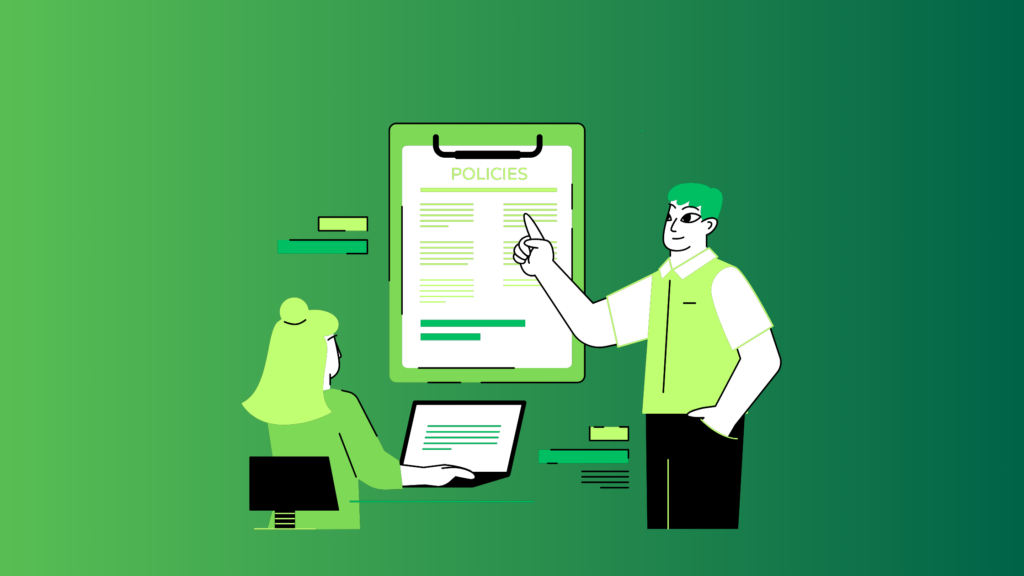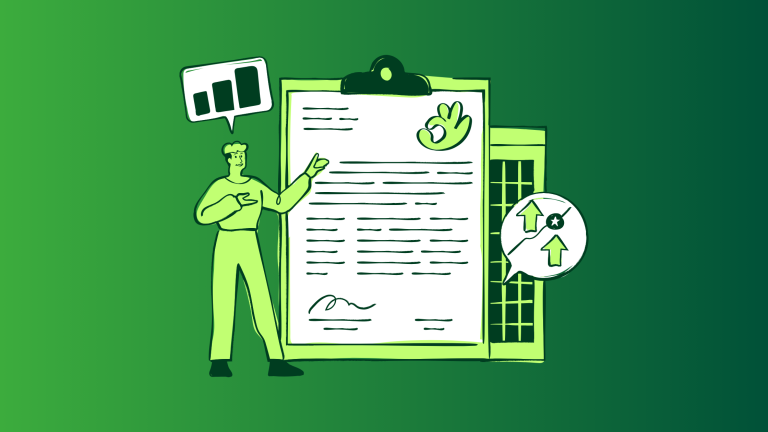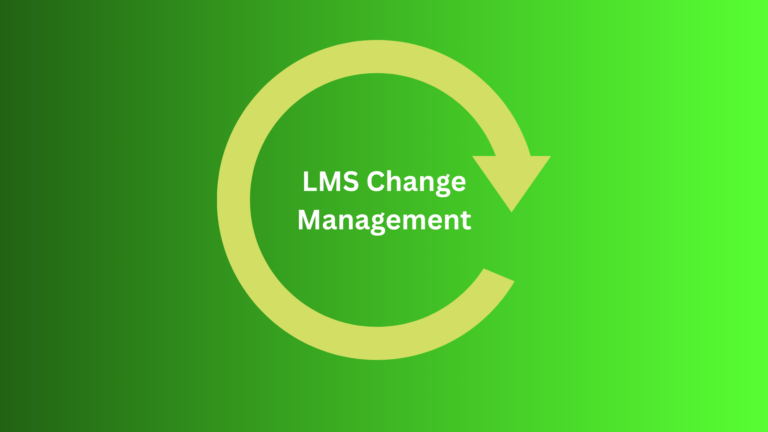As data privacy continues to dominate global conversations, GDPR compliance has become a top priority for every organization using a Learning Management System (LMS). Whether you’re training employees, partners, or customers, your LMS collects personal information and that means you’re responsible for keeping it secure, transparent, and compliant.
Here’s how you can make sure your LMS meets GDPR standards in 2025, protecting both your learners and your organization.
1. Start with a Full GDPR Audit
The first step is understanding what data your LMS collects and how it’s used. Map every piece of personal data from learner profiles and emails to activity logs and certificates.
Remove anything unnecessary to follow GDPR’s data minimization principle. The less data you store, the less risk you carry.
2. Obtain Explicit and Informed Consent
GDPR requires clear, informed consent before collecting user data. Replace vague or pre-ticked checkboxes with transparent opt-in forms that explain exactly how the data will be used.
Always give users an easy way to withdraw consent and keep verifiable consent records for accountability.
3. Empower Users with Data Rights
A compliant LMS must let learners manage their own data. That includes the ability to:
- View and download their information
- Request corrections or deletions
- Change communication preferences
Acadle, for example, supports this through user dashboards and automated data-handling workflows, giving learners complete control of their information.
4. Secure Data with Strong Safeguards
Security isn’t optional. Use encryption (both in transit and at rest), role-based access control, and regular vulnerability scans to protect sensitive information.
Limit access to only those who need it and follow the principle of least privilege when assigning permissions.
5. Review Third-Party Integrations
If your LMS connects to CRMs, payment gateways, or webinar tools, make sure each partner is GDPR-compliant.
Sign Data Processing Agreements (DPAs) and review them regularly. A weak integration can undermine your entire compliance effort.
6. Maintain Transparent Policies
Your privacy policy should clearly explain:
- What data you collect
- Why it’s collected
- How it’s stored and shared
Keep your documentation, such as Records of Processing Activities (RoPA), updated as your platform evolves. Transparency builds trust and keeps you audit-ready.
7. Be Ready for Breach Response
Even with strong systems, breaches can happen. Have a documented data breach response plan that covers detection, containment, and user notification within 72 hours.
Assign a responsible team to handle incident management and communication with data authorities.
8. Appoint a Data Protection Officer (DPO)
If you handle sensitive or large-scale data, appoint a DPO to oversee privacy practices, audits, and regulatory contact.
Having a DPO demonstrates seriousness about compliance and helps maintain consistent oversight.
9. Train Your Team
GDPR compliance is only as strong as the people behind it. Conduct regular training for admins and staff on privacy best practices, secure handling of learner data, and platform use.
This reduces human error, a major cause of data leaks.
10. Review and Improve Continuously
Compliance isn’t a one-time project. Schedule regular reviews, update policies, and stay ahead of evolving regulations and technology trends.
Using an LMS like Acadle makes this easier with audit-ready analytics, permission controls, and seamless integration management.
Conclusion: Build Trust Through Compliance
Ensuring GDPR compliance isn’t just about meeting regulations, it’s about earning learner trust. A transparent, secure LMS helps you protect user data, reduce risks, and demonstrate integrity in how learning is managed.
Acadle makes this easy. It comes with SOC 2 Type II, ISO 27001:2022, and GDPR compliance, ensuring the highest standards of data security and privacy. With built-in encryption, access control, and audit logs, your academy is always protected and compliant by design.



